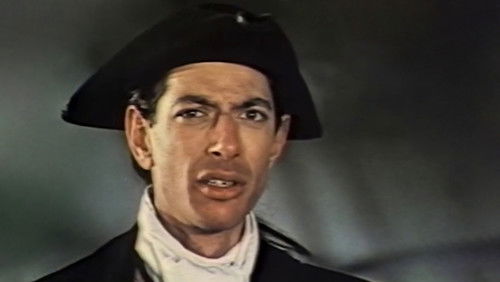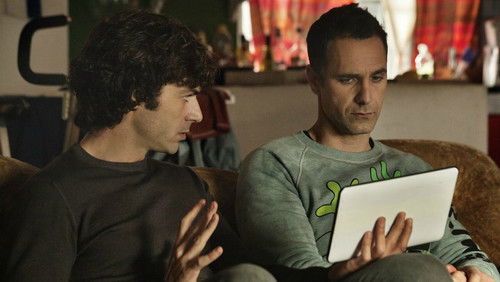Goldgräber von 1933 (1933)
56KGoldgräber von 1933: Directed by Mervyn LeRoy. With Warren William, Joan Blondell, Aline MacMahon, Ruby Keeler. A wealthy composer rescues unemployed Broadway performers with a new play.
“This is the most perfect example of u0026quot;history on the silver screenu0026quot; that I can think of. When Ginger Rogers says, u0026quot;Itu0026#39;s the Depression, dearieu0026quot; at the beginning to explain the chorus girlsu0026#39; bad luck, itu0026#39;s the key to the whole film. While the u0026quot;Shadow Waltzu0026quot; number was being filmed during an actual 1933 earthquake in L.A. a number of the girls toppled off the Art Deco u0026quot;overpassu0026quot; where they were swaying with their filmy hoop skirts and their neon violins short-circuited. The electrical hook-ups were also rather dangerous, especially if the neon bows came in contact with the girlsu0026#39; metallic wigs in that number. The culminating production number, u0026quot;Remember My Forgotten Man,u0026quot; is the most significant historically and illustrates Warner Bros.u0026#39; u0026quot;New Dealu0026quot; sensibilities. Warner Bros. was the only studio that u0026quot;boughtu0026quot; the whole Roosevelt approach to economic recovery. The year before, under Hoover, WWI vets were not only neglected in terms of benefits but were run out of their shanty town near the Capitol building. Starving guys were camping on the edges of most communities whou0026#39;d served in the Great War fifteen years before. Of course, why or how this number fits into such a u0026#39;30s girlie-type musical revue is anyoneu0026#39;s guess. Berkeley never looked for reality, just eye-popping surrealistic effects.u003cbr/u003eu003cbr/u003eAbout ten years ago I found myself sitting next to Etta Moten Barnett at a Chicago NAACP banquet. I was flabbergasted. She was in her 90s yet still looked lovely. Sheu0026#39;s the singer who sang u0026quot;Forgotten Manu0026quot; in the window. She also sang u0026quot;The Cariocau0026quot; in Astaire and Rogersu0026#39; first pairing, u0026quot;Flying Down to Rio.u0026quot; She was quite gracious, though she did not have wonderful things to say about Hollywood of that era. The African Americans in both pictures were fed in a tent away from the general commissary area. u003cbr/u003eu003cbr/u003eRuby Keeler has a certain odd-ball appeal, like a homely puppy. She canu0026#39;t sing, she watches her leaden feet while she dances, and almost all her lines are read badly. Yes, she was married to Al Jolson, but that may have HURT her career more than anything. He was not exactly always likable. He was much older than Ruby and so full of himself. u003cbr/u003eu003cbr/u003eThis film is also a classic example of the PRE-CODE stuff that was slipping by—the leering u0026quot;midget babyu0026quot; (Billy Barty), the naked girls in silhouette changing into their u0026quot;armor,u0026quot; the non-stop flashing of underwear or lack of underwear, Ginger Rogers having her large coin torn off by the sheriffu0026#39;s office mug so sheu0026#39;s essentially standing there in panties, and so forth.u003cbr/u003eu003cbr/u003eA good comparison of before and after the code would be to examine this picture and u0026quot;Gold Diggers of 1935.u0026quot; The latter is so much more chaste, discreet, and less fascinating except for the numbers. Thereu0026#39;s not the lurid, horny aura of the Pre-Code pictures. And itu0026#39;s not quite as much naughty fun, either.”









